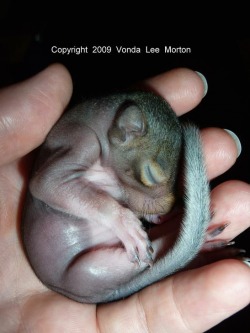
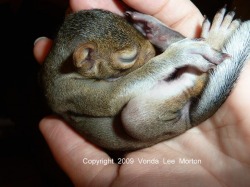
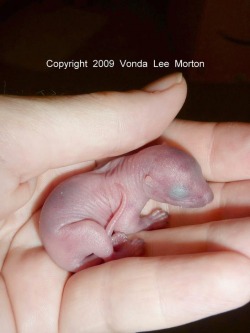
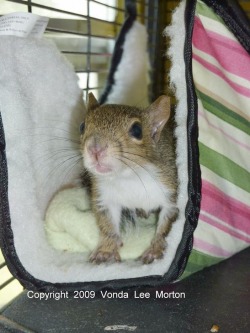
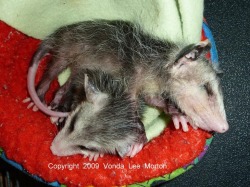
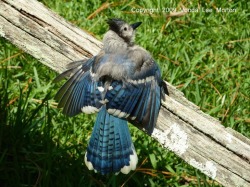
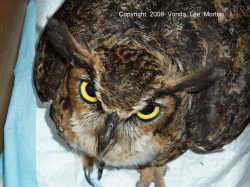
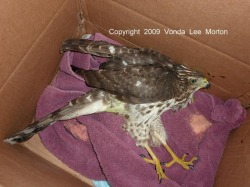
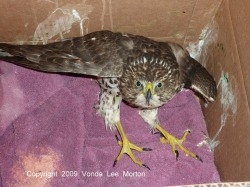
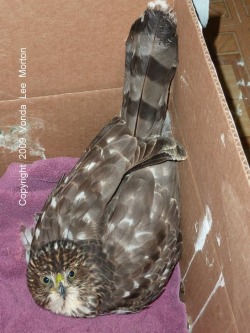
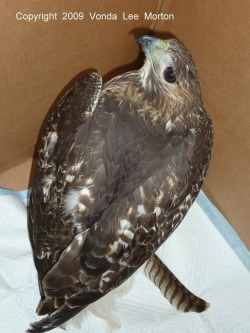
On a final note, I’ve had several people over the past few weeks ask about touring LWR. Sorry folks, that ain’t gonna happen. This is a rehab facility, not a zoo. The animals LWR houses are all slated for release, which means their contact with humans must be as limited as possible. I handle these critters only when feeding/medicating, so that even their contact with me is minimized. There are nature centers around that house non-releasable animals: visit them if you absolutely must see animals in captivity; otherwise, take a quiet walk in the woods, find a nice clearing, sit down, and enjoy whatever wildlife you happen to see—THIS is the best way to experience and appreciate our native wildlife.
 RSS Feed
RSS Feed
